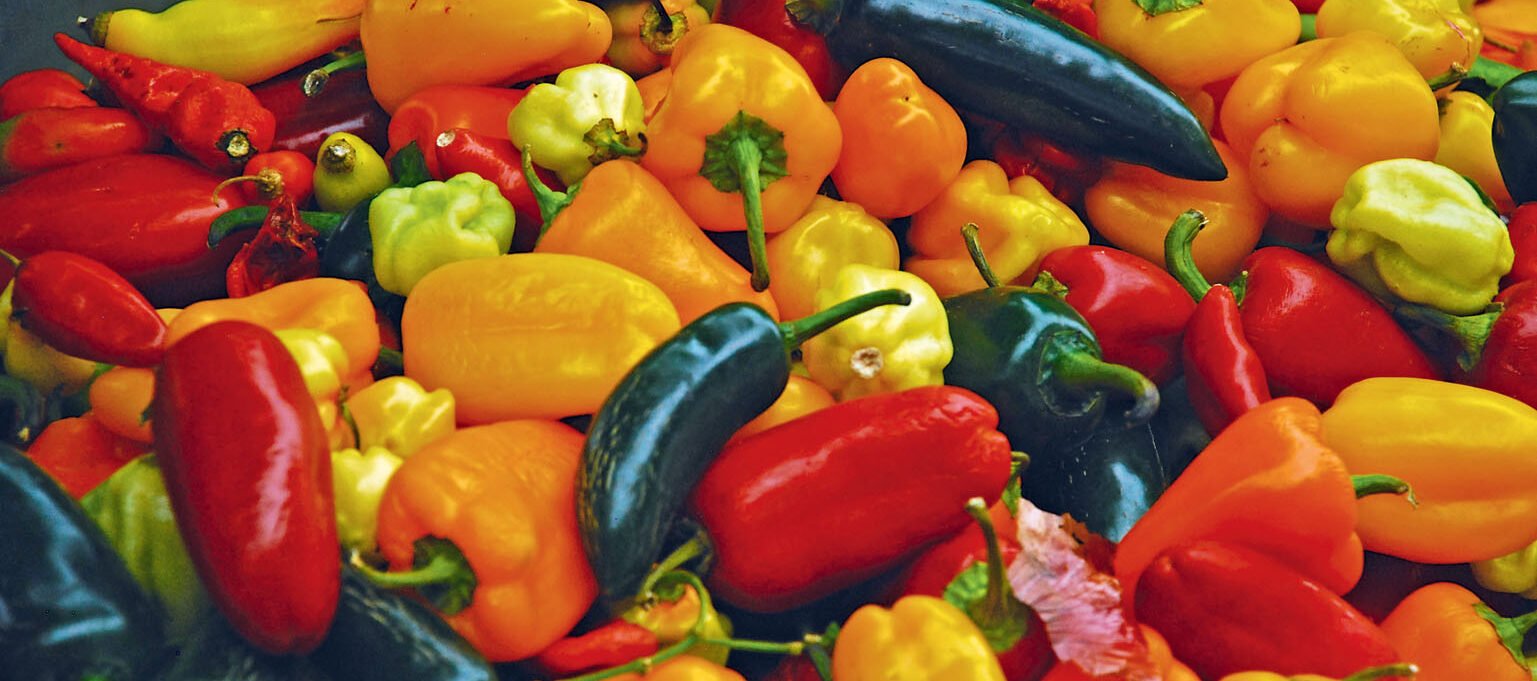
The New Flavor of Costa Rica
Text an photos: Vicky Santana Cortés
An explosion of colors and aromas (pineapple, guava, mango, corn tortillas, cilantro, sweet peppers, onion…) seems to waft out of every farmer’s market in Santa Ana, a small town ten miles west of San José, the Costa Rican capital. These itinerant farmer’s markets take place on weekends throughout the country. They are a living example of Costa Rica’s rural culture and strong ties to the land and nature.
In the mountains and along the coast, an incredible variety of colorful fruits can be enjoyed year round: mango, pineapple, banana, soursop, guava, starfruit, coconut, oranges, and tamarind are only a few of the most popular ones. Main dishes include traditional corn tortillas served with sour cream or stuffed with chopped vegetables, meat, “gallo pinto” (black beans and rice), “casado,” or stewed meat.
Rice and beans in all forms are a staple throughout Latin America, but the Costa Rican gallo pinto is practically a national brand and the recipe, with the Ticos’ famous Lizano sauce (a kind of Worcestershire sauce), has its own unique flavor.
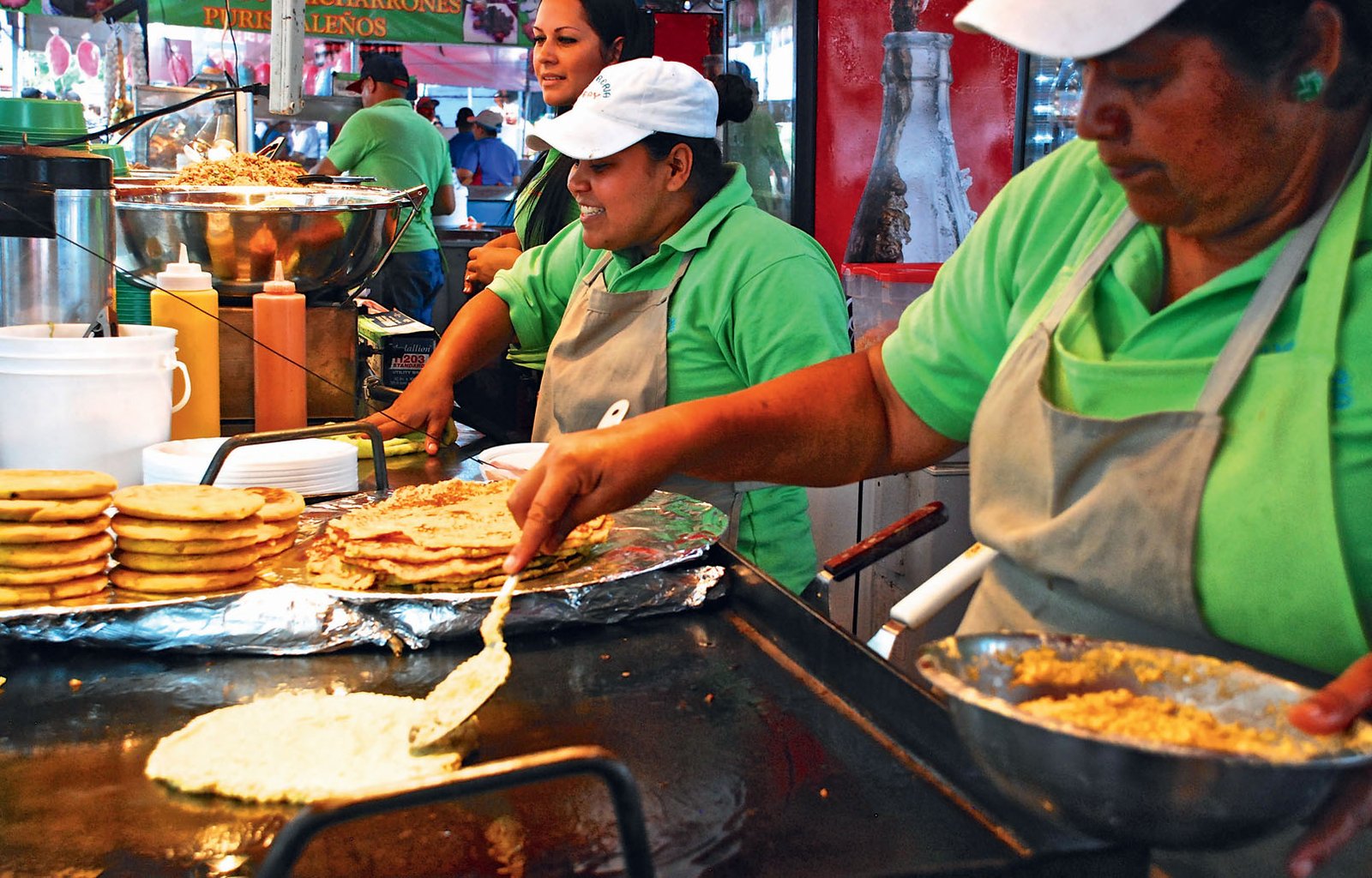
These dishes will continue to appear on tables all over Costa Rica, but a private initiative by restaurateurs, with support from the hotel industry and the government, is working to promote Costa Rican gastronomy as a national brand on an international scale, like Perú has done.
A New Cuisine
According to Jorge Figueroa, president of the Costa Rican Chamber of Restaurants (CACORE), the time has come for Costa Rican cuisine to evolve: “People need to understand that our cuisine is more than just rice and beans. The fact that we’ve always done things one way doesn’t mean that we should continue doing so. It’s time to change, renovate, develop, revolutionize…”
Several initiatives are already underway. Examples of this new cuisine are being developed in culinary workshops organized by CACORE and attended by representatives from restaurants and hotels. Participants propose new uses for native Costa Rican ingredients in the preparation of appetizers, main dishes, desserts, and beverages. The workshops have been so successful that many of the participating restaurants now include the new dishes on their menus.
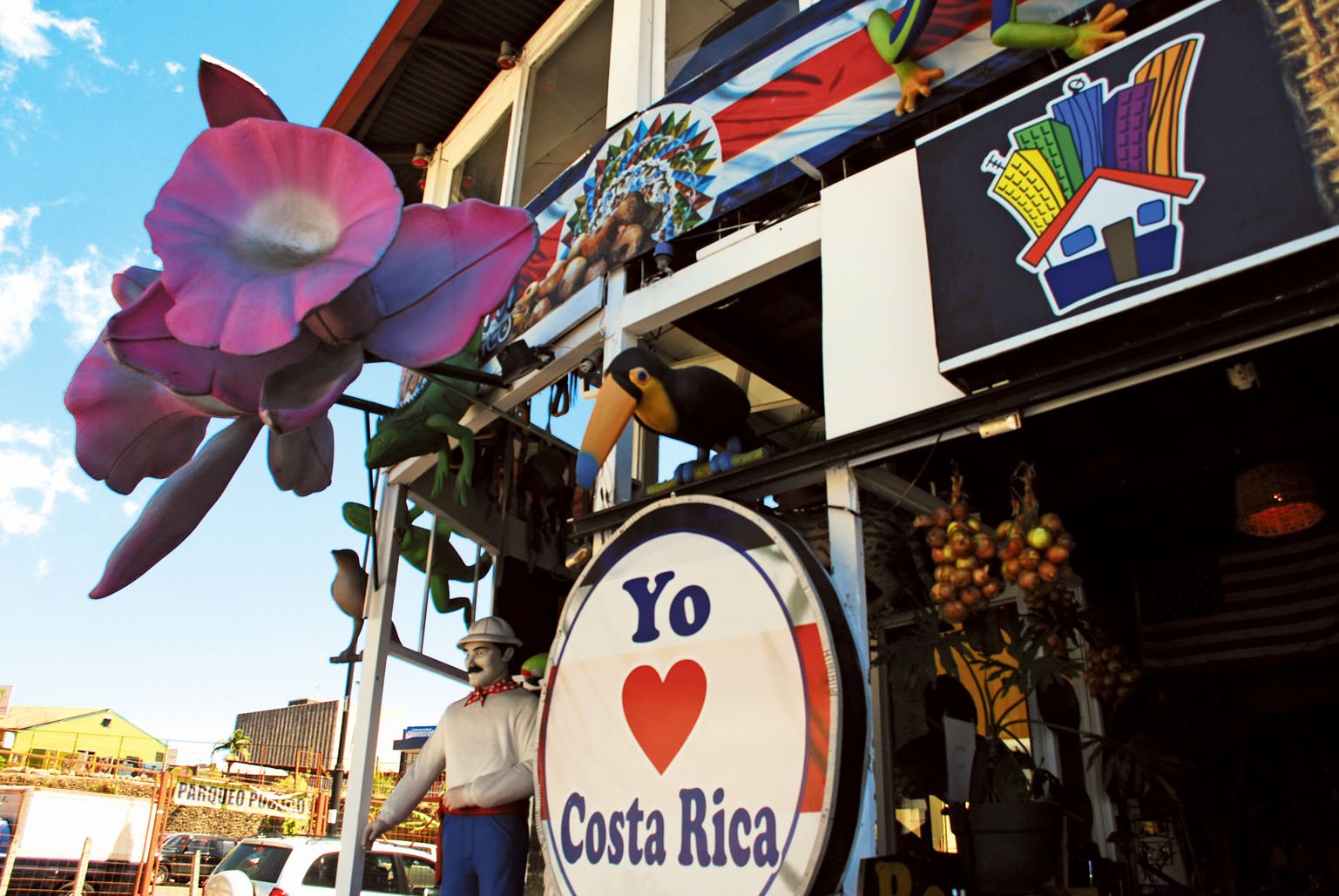
The government is also working to implement the National Plan for Healthy and Sustainable Food (PNGSS is its Spanish acronym), which would allocate substantial financial and human resources to this initiative.
Additional PNGSS-related activities include compiling an inventory of recipes popular in the seven Costa Rican provinces, exploring new ways of cooking and presenting these dishes, and convincing hotels and restaurants to work with local producers.
As Figueroa suggests, these efforts are aimed at making Costa Rica a gastronomic destination with distinctive offerings for international tourists.
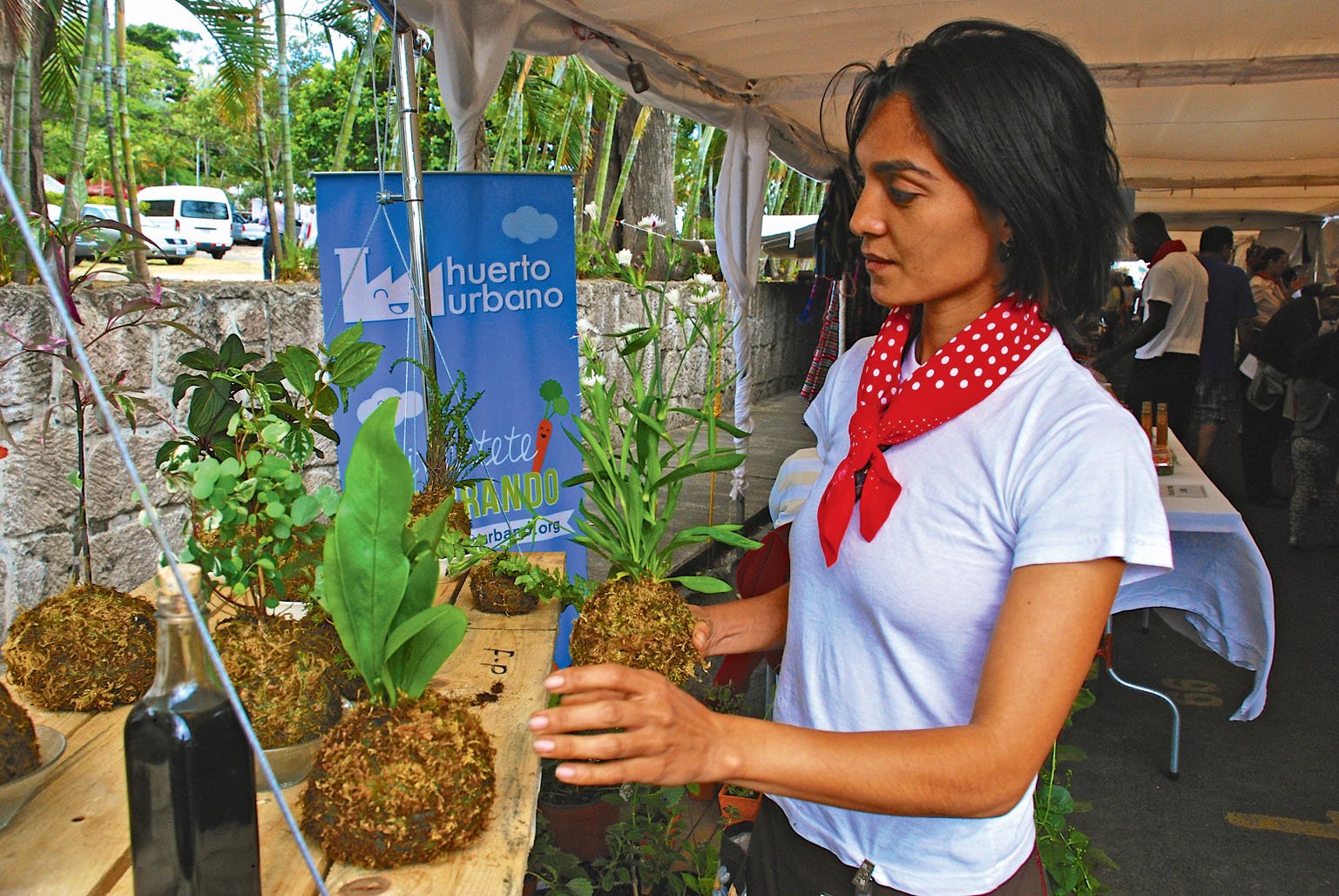
A Fruitful Combination
Costa Rica was the featured guest country at the Xantar Food Fair held in Galicia (Spain) in March, where culinary creations made from native plants and fruits were on display. Chef Luis Guillermo Castro, who knows his country’s cuisine and serves as the current executive chef at the Hard Rock Cafe in Madrid, was part of the Costa Rican delegation. The chef deeply appreciates the efforts to recover the native products that have fed generations of Costa Ricans and confirms that most restaurants now incorporate them as main ingredients in their dishes, using old and new techniques, along with other products from other latitudes and culinary cultures.
Castro adds: “We like to think of it as a new, more globalized mixture, but one that doesn’t lose touch with Costa Rica’s indigenous roots. And it is exactly this return to the nation’s roots in an innovative, modern and, if you will, gourmet way that is making the difference. Rediscovering native products and using them in delicious, creative dishes has earned us a reputation as a tropical dining destination”.
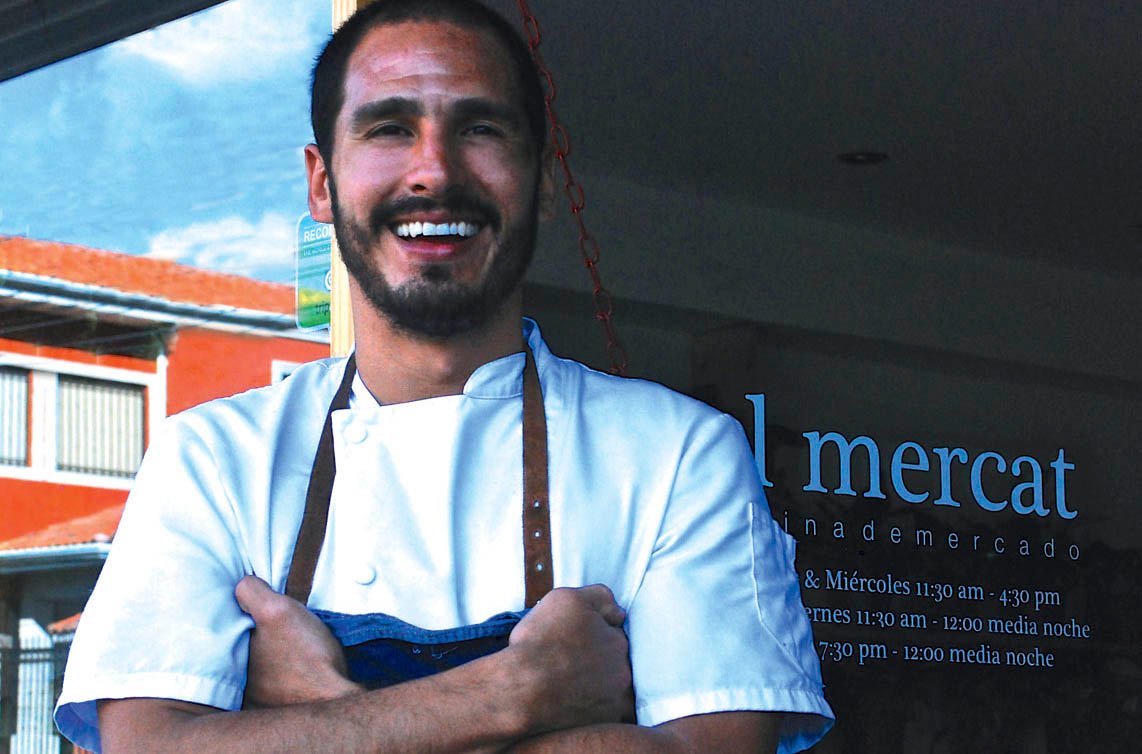
The Local Touch
First, meet Esteban Cortés, born in rural Upala in the Alajuela province. In 2014, he was awarded the CACORE Chef of the Year award, and at the Restaurante Étnico in the Hotel Rincón del Valle he has succeeded in introducing gourmet dishes with a local touch. He is famous for dishes like cream of peach palm with cubaces beans and tropical fruit sauces (passion fruit and tamarind) to accompany meats and fish. His close contact with the countryside as a child left him with an appreciation of his country’s culinary roots.
As a chef, experimenting on his own, he acquired the maturity to understand each product and discover its subtleties. Borrowing sophisticated techniques from French and international cuisine, he has imprinted local dishes with the gourmet touch for which his cooking is famous.
One of his recipes…
Cream of Peach-Palm and Cubaces Beans
Ingredients
Eight cooked and peeled peach-palms
One cup milk
One cup beans in their broth
Two cups sweet cream
Half stick butter
Salt and pepper to taste
Preparation
Blend the peach-palms with the milk and one cup of the sweet cream. In another bowl, blend the beans and broth with the other cup of sweet cream. Boil each of these mixtures separately with butter. Add salt and pepper. When both creams are ready, pour them together into a serving bowl. This procedure is best performed using two pitchers, so that both liquids are served in equal proportions.




